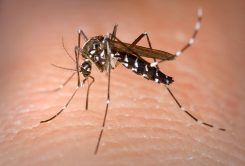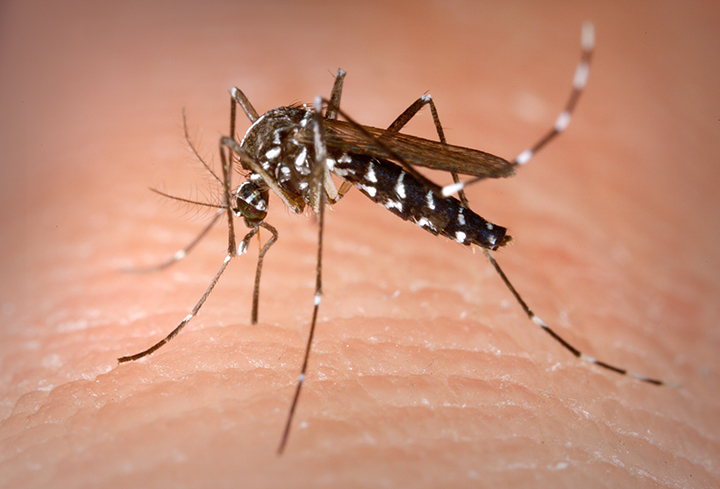By Sadie Hunter

Congresswoman Susan W. Brooks is continuing her reputation of learning about threats to public health and working to pass legislation to prepare the state and nation, and the recent outbreak of Zika virus in the western hemisphere has been no different.
On July 28, Brooks met with the Hamilton County Health Dept. to discuss the county’s preparation. Jason LeMaster, director of environmental health at the health department, presented to Brooks and other staff at the meeting.
“I wanted to hear what was happening in Hamilton County … just to hear how local departments are talking about it, combating against it,” Brooks said. “Because there is no vaccine, we are trying to get some additional attention by the private sector companies who might create a vaccine … but vaccines take 10 to 15 years to develop. So, this is not something that’s going to happen fast.”
LeMaster discussed the county’s efforts, which include budget appropriations, equipment purchases, holding a Zika summit for local healthcare professionals and government employees and adopting a Zika response plan on June 1, which was largely based off the Center for Disease Control’s plan.
LeMaster also said surveillance has played a large part in being prepared for the virus. The county monitors more than 700 sites, for Aedes Albopictus – one of two types of Zika mosquitos found in Indiana – have been located compared to past years. In addition, parks departments (Hamilton County, Carmel, Fishers and Westfield) have been working with the health department to gather larvae for sampling kits.
More recently, Zika virus has gained international attention as athletes from all over the world will be traveling to Rio de Janeiro for the 2016 Summer Olympic Games and back to their respective nations. Since spring 2015, outbreaks in South American nations have made news for results and symptoms associated to the virus, most notably birth defects to infants whose mothers were infected.
Symptoms can range from flu-like symptoms to a rash to partial paralysis from nerve cells. However, the CDC states that approximately 80 percent of those infected are asymptomatic, making transmission easy, which occurs from being bitten by a mosquito carrying the virus, or through infected males to their sexual partners.
So far in the U.S., transmission has only occurred sexually from those who have traveled to other affected nations, and there have been no confirmed cases of local transmission from a mosquito. In Indiana, there have been 16 confirmed travel-related cases.
In the future, LeMaster said efforts will continue to be made so the health department can conduct assessment of county-wide trail systems to monitor and eliminate breeding sites, develop a pesticide-effectiveness program, increase integrated pest-management initiatives, conduct ordinances reviews to reduce the development of breeding sites for businesses (such as trash and tire pile covers where water can collect) and add geographic-information-systems layers electronically for “no spray areas” – which would help ensure other important insects like bees wouldn’t be killed.
For more, visit hamiltoncounty.in.gov/254/Health-Department



